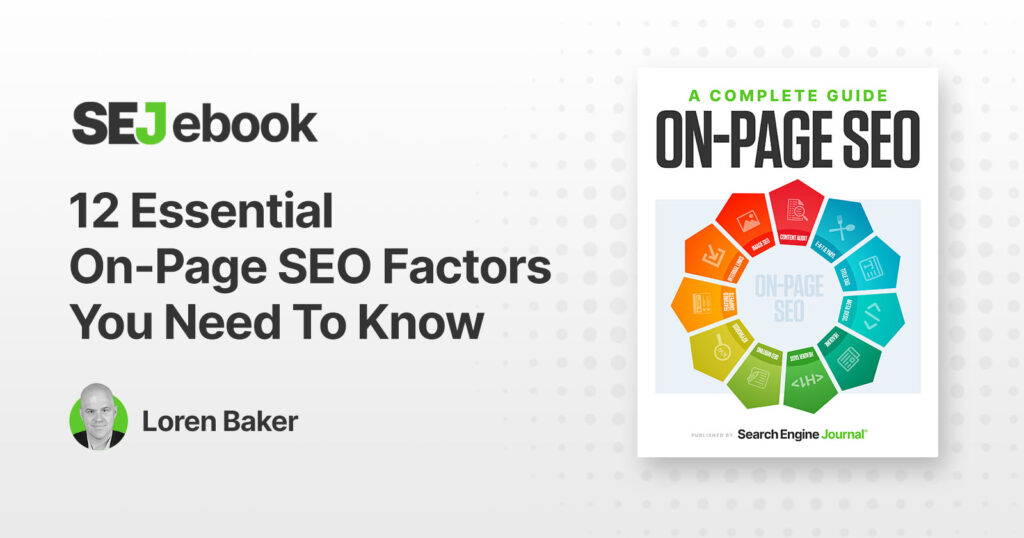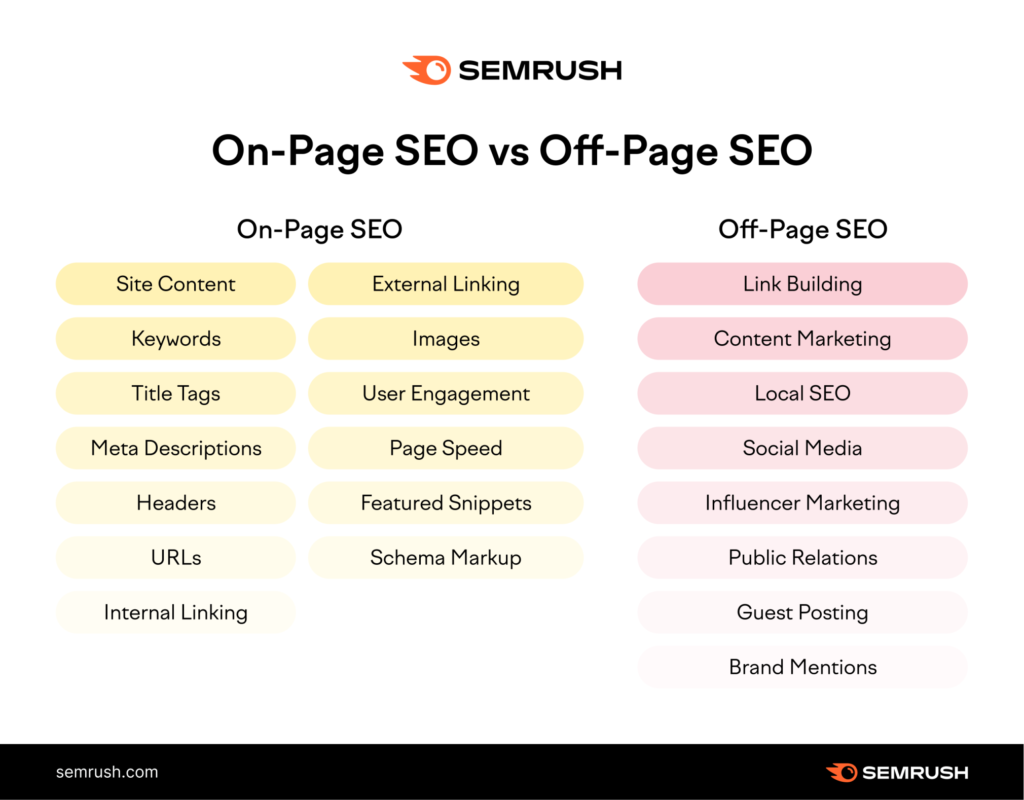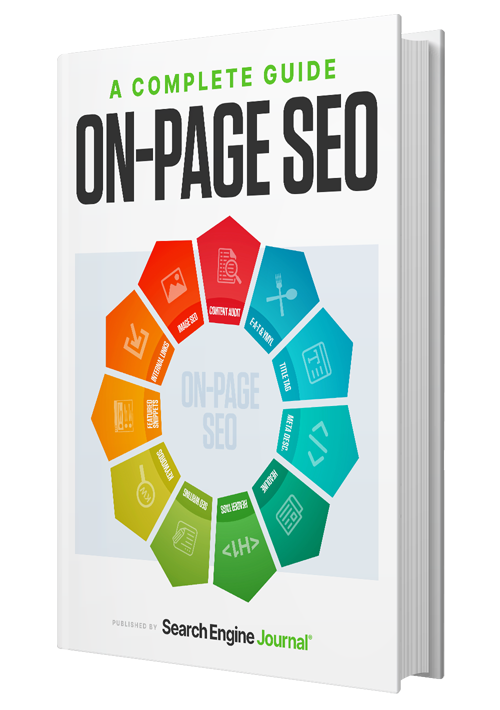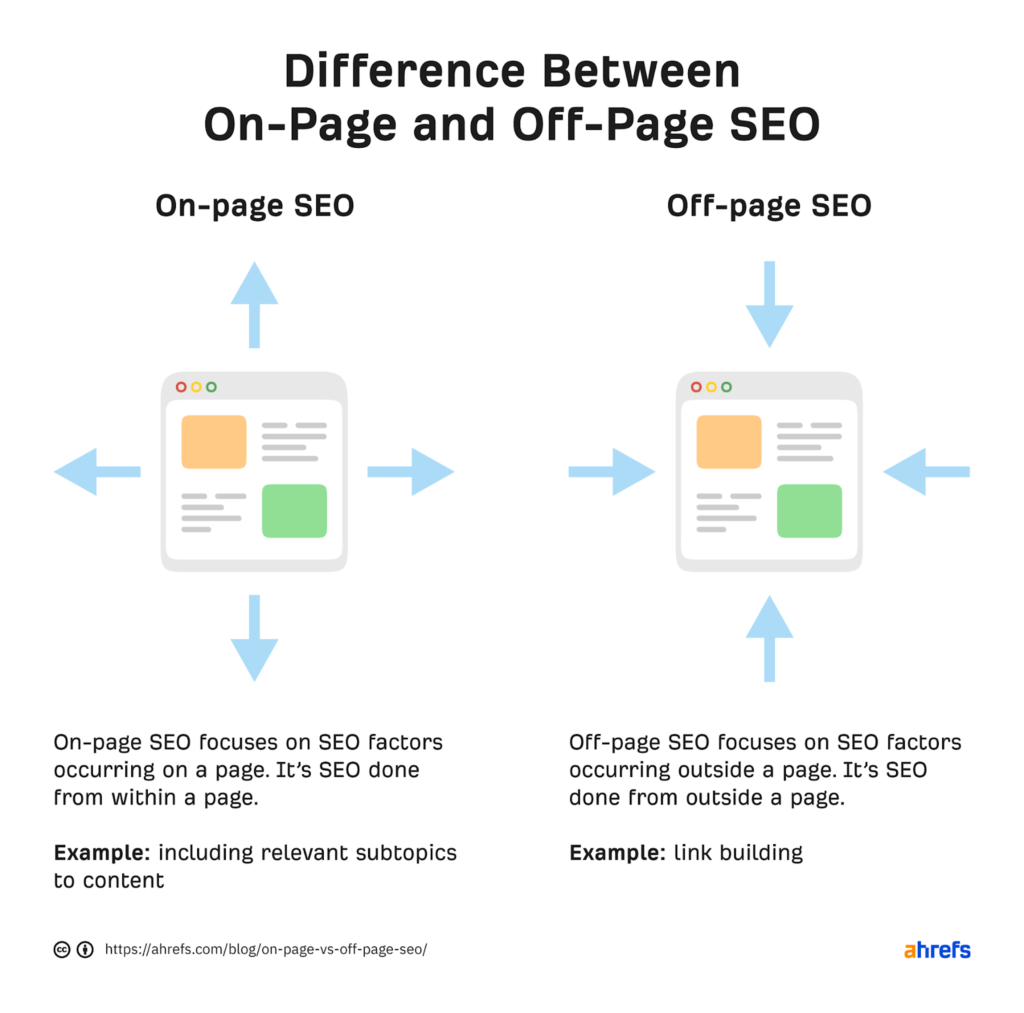On-page SEO
If you want to maximize your website’s visibility and attract more organic traffic, then you need to understand the power of on-page SEO. This essential aspect of search engine optimization focuses on optimizing your website’s individual pages to ensure they rank higher in search engine results. From strategically placing keywords and meta tags to optimizing your website’s load speed and user experience, on-page SEO plays a critical role in enhancing your website’s visibility and driving more targeted traffic. By implementing on-page SEO techniques correctly, you can improve your website’s search engine rankings and ultimately grow your online presence. So, let’s dive into the world of on-page SEO and unlock the key strategies that will help you drive more organic traffic to your website.
On-page SEO
On-page SEO refers to optimizing the elements on your website to improve its visibility and ranking on search engine results pages (SERPs). By optimizing your website’s on-page factors, you can increase organic traffic and improve your chances of ranking higher in search engine results. Here are some key aspects of on-page SEO:

Keywords
Keywords are the words or phrases that users type into search engines when looking for information. Conducting keyword research is crucial for on-page SEO. By identifying relevant keywords related to your content or products, you can optimize your website to rank for these keywords and attract the right audience.
Title tags
Title tags are HTML elements that specify the title of a web page. They appear at the top of the browser window and as the clickable link in search engine results. Optimizing title tags with relevant keywords and creating compelling titles can improve your click-through rate (CTR) and increase the chances of your page being ranked higher.
Meta descriptions
Meta descriptions are brief summaries of a web page’s content that appear below the title in search engine results. While meta descriptions do not directly impact rankings, they play a crucial role in attracting users to click on your website. Include relevant keywords and create compelling meta descriptions to improve your CTR.
URL structure
URL structure refers to the format of your webpage’s URL. Creating clean and descriptive URLs that include keywords can make it easier for search engines to understand your content. Users are also more likely to click on URLs that are relevant to their search query.

Header tags
Header tags are HTML elements (H1, H2, H3, etc.) that are used to structure your content. They not only make it easier for users to read and navigate your page but also provide search engines with important information about the content hierarchy. Include relevant keywords in your header tags to further optimize your on-page SEO.
Keyword placement
Strategic keyword placement throughout your web page’s content is important for on-page SEO. By including relevant keywords in your page’s headings, subheadings, paragraphs, and image alt tags, you can improve your chances of ranking for those keywords.

Internal linking
Internal linking refers to the practice of linking to other pages within your website. By linking relevant pages together, you can help search engines understand the structure of your website and navigate it more effectively. Internal linking also helps distribute link equity and drive traffic to important pages.
Image optimization
Images are an essential component of web pages, but they can also slow down page load times if not optimized. By compressing and resizing images, adding alt tags that include relevant keywords, and optimizing file names, you can improve your website’s performance and make it more search engine-friendly.

Page speed
Page speed is a ranking factor that affects both user experience and search engine rankings. Optimizing your website’s load time by reducing file sizes, leveraging browser caching, and minimizing redirects can improve your website’s performance and boost its visibility on SERPs.
Mobile optimization
With the increasing use of mobile devices, it is crucial to optimize your website for mobile users. Mobile optimization involves creating a responsive design, optimizing page load speed, and ensuring that your content is easily accessible and readable on mobile devices. Mobile-friendly websites are more likely to rank higher in mobile search results.
By implementing these on-page SEO strategies, you can improve your website’s visibility, attract more organic traffic, and enhance your overall search engine rankings. Remember to regularly monitor and analyze your website’s performance using SEO tools to make necessary optimizations and stay ahead of the competition.
















It's great that you talked about how business insurance can provide financial protection against unexpected events and help ensure the…
I like that you mentioned how business insurance is essential for protecting your bottom line and the long-term viability of…